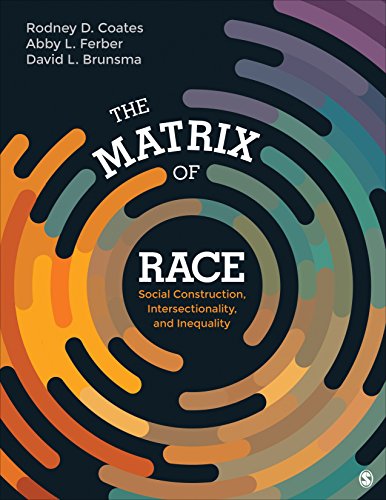
Author: Darling-Hammond, Kia
Price: $22.92
Category:Sociology of Race Relations
Publication Date:2022-09-23T00:00:01Z
Pages:144
Binding:Paperback
ISBN:10:0807767220
ISBN:13:9780807767221
This concise and compelling book outlines the key civil rights conditions that are essential to deeper learning–the skills and knowledge that students need to succeed in 21st-century jobs and life. It describes schools that enable young people, including those traditionally furthest from opportunity, to develop into caring and critical problem solvers, effective communicators, collaborators, and scholars. The book also describes the community and school inequities that have created persistent obstacles to these goals and the civil rights actions that have been and continue to be needed to remove them. These include policies and practices that ensure safe and healthy communities, equitable investments in public schools, supports for competent teachers, strategies for welcoming and nurturing school climates, and innovative curricula. The authors examine the civil-rights-based pathways that lead to these goals, highlighting examples of exemplary schools that offer the kind of deeper learning that engages and empowers students. This successor to Linda Darling-Hammond’s Grawemeyer Award-winner, The Flat World and Education, is a big-picture view of what constitutes deeper learning―where it is found and what enables it―and what must be done to address the learning needs of all children. . Book Features: Offers a concise treatment written in a voice that will be accessible to a wide range of readers. Pulls together three key strands of the learning needs of children (civil rights, educational opportunity, and deeper learning), the distinct inequalities in their delivery, past efforts at combating inequality, and legal and educational paths forward. Examines neighborhood and environmental inequities that can compromise learning, along with inadequate school funding and segregation. Looks at the professional teaching quality imbalance between rich and poor districts and the inferior curriculum offerings for marginalized populations. Includes numerous examples of schools that succeed at deeper learning and equity and explains how they do so.



